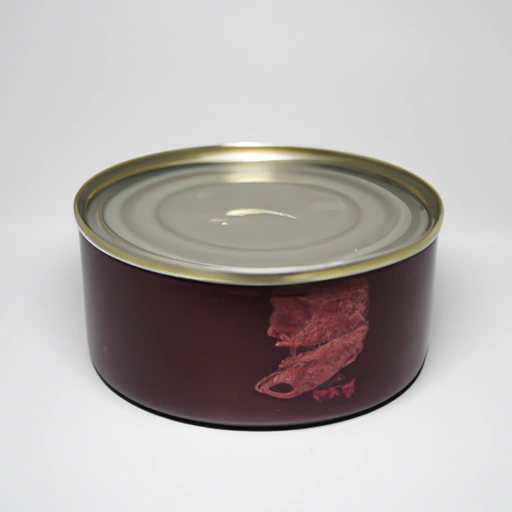Tuna
Description

Tuna is a flavorful and widely sought-after seafood that graces tables around the globe in various forms – from fresh steaks to canned varieties. Known for its firm texture and mild to rich taste, depending on the species, tuna is prized in culinary circles for its versatility and health benefits. It is a common ingredient in a wide array of dishes, making it an essential component in the pantry of both home cooks and professional chefs alike.
Common uses
Tuna is commonly used in salads, sandwiches, pastas, and as a main course. The canned version is often a go-to for quick meals, while fresh tuna is a favorite in gourmet cooking, particularly in Mediterranean and Asian cuisines.
Nutritional value
Calories
On average, a 3-ounce serving (85 grams or about 0.19 pounds) of cooked yellowfin tuna contains approximately 110 calories.
Protein
This same serving size offers around 25 grams (about 0.88 ounces) of high-quality protein, making it an excellent source for muscle building and repair.
Fat
Tuna contains about 0.5 grams (roughly 0.018 ounces) of fat, which includes a mix of saturated and unsaturated fats. The exact fat content can vary by species and preparation.
Carbohydrates
Tuna is naturally low in carbohydrates, with a 3-ounce serving containing 0 grams, making it suitable for low-carb diets.
Vitamins
Tuna is a good source of B vitamins, particularly niacin, B6, and B12, which are essential for energy metabolism and maintaining healthy blood cells.
Minerals
It also provides important minerals such as selenium, phosphorus, and magnesium. A 3-ounce serving contains about 50 micrograms (0.0000017637 ounces) of selenium, which is almost the daily recommended intake for adults.
Health benefits
Consuming tuna can contribute to heart health due to its content of omega-3 fatty acids, which have been shown to reduce inflammation and potentially lower the risk of heart disease. The protein in tuna supports muscle growth and maintenance, while the vitamins and minerals play crucial roles in overall bodily functions.
Potential risks
While tuna offers many health benefits, it is also known to contain mercury, which can be harmful in high amounts, particularly to pregnant women and young children. It is advisable to consume tuna and other large predatory fish in moderation.
Common recipes
Tuna is featured in a variety of recipes ranging from the classic tuna salad sandwich to sophisticated seared tuna steaks served in fine dining establishments.
Cooking methods
Canned tuna is often eaten cold or lightly warmed, while fresh tuna can be grilled, seared, baked, or served raw in dishes like sushi.
Pairing with other ingredients
Fresh tuna pairs well with bright, acidic flavors such as lemon and lime, as well as with rich sauces and seasonings like soy sauce or sesame. It complements a variety of vegetables, grains, and legumes.
Summary
Tuna is a nutritious and versatile seafood ingredient that has been enjoyed worldwide for centuries. Whether canned or fresh, it offers a wealth of culinary possibilities and significant health benefits, provided it is consumed responsibly to manage the potential risks associated with mercury content.